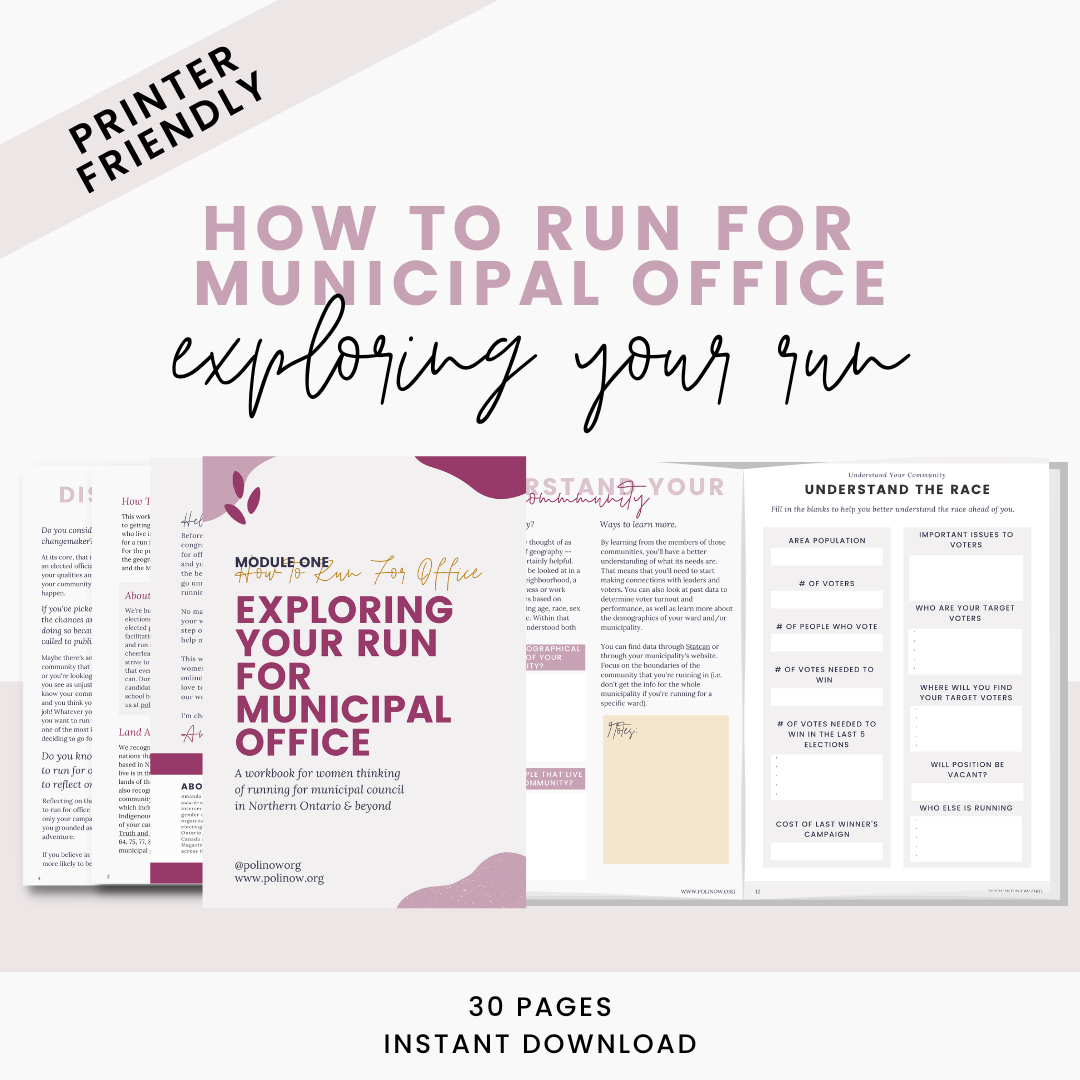If you’ve ever done a really big campaign, you’ll know that the most effective way to plan it is to take your Big Day and then start planning backwards from it. This is why it’s so important to know a campaign's phases to ensure that you’re on track.
Most campaigns have phases that fall within the following categories:
Consideration.
This is you if: you’ve told yourself that you’re interested in running for office, but you’re not super committed yet, or you are still in the very early stages of exploring your run. And that’s okay! This will give you the chance to honestly figure out if you want to run or not. Make sure you talk through your fears and work through the barriers before diving in!
Exploration.
This is you if: you’ve started talking to people more seriously about running for office. You’re talking to people outside of your immediate circle — your connections, colleagues, community leaders and sometimes strangers — to start laying the groundwork and foundation for your run. You’ve begun recruiting members to your team and setting up your campaign.
Announcement.
This is you if: you’ve made it official, and now, you’re running!
Campaign.
This is you if: you’re in full campaign mode. You’re knocking on doors, you’re identifying votes, you’re getting donations, you’re posting on social media, you’re crafting policy ideas, and you’re connecting with voters in a variety of ways.
Election Day
This is you if: it’s the day itself! Make sure you go to Get Out the Vote (also known as GOTV).
Post-Election
This is you if: the election has passed and you are ready to wind down your campaign. You must ensure that you keep your campaign finances in order and get your legal reports to hand in before the deadline.
You’ll need to figure out where you are on that scale and start planning accordingly. To do that, you’ll want to ask yourself the following questions to help you come up with a simple plan:
How many days away is the Election?
How many voters do I need to ID by that date?
How many people should I speak to identify that many votes?
How am I going to speak to those people?
How much money will I need to make it happen?
Asking yourself these questions and knowing what phase of the campaign you’re in will allow you to know what you need to do by when. For example:
You know that you need 3000 votes to win the election and that you want to encourage 3500 people to go out and vote by Election Day. You know there's only 100 days until Election Day, so you'll need to identify approximately 2.8 voters per day.
What is your plan for doing that?
Will you canvass, or would you rather do a text bank? Could you cut down on canvass days if there’s a local festival and you set up a booth for a weekend?
How many volunteers will you need to accomplish this task?
How much money would you need to accomplish this task?
Going through these questions one by one, and knowing exactly what campaign phase you’re in, is going to give you the focus that you need to ensure that you make it to the finish line with the things that you need to actually win your campaign.
Looking for some extra support?
Grab one of our workbooks!
Our workbooks are your step-by-step approach to help you really dive into the fundamentals of a successful campaign, and are the thing that you absolutely need to help you run for office.







